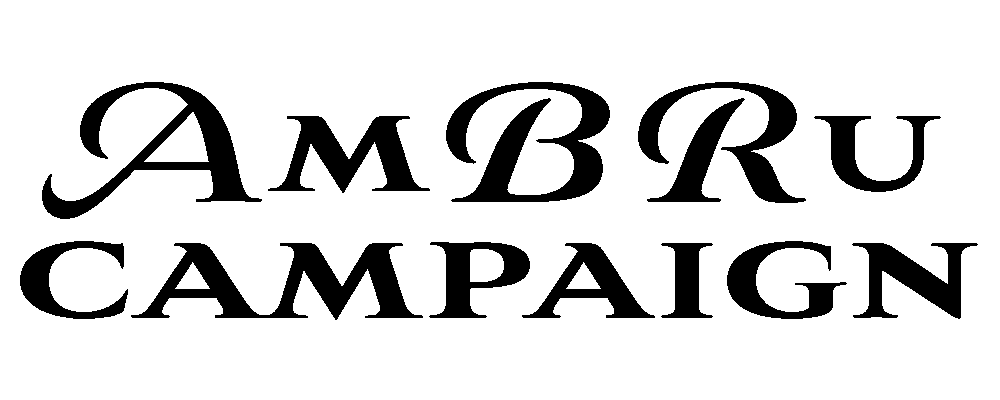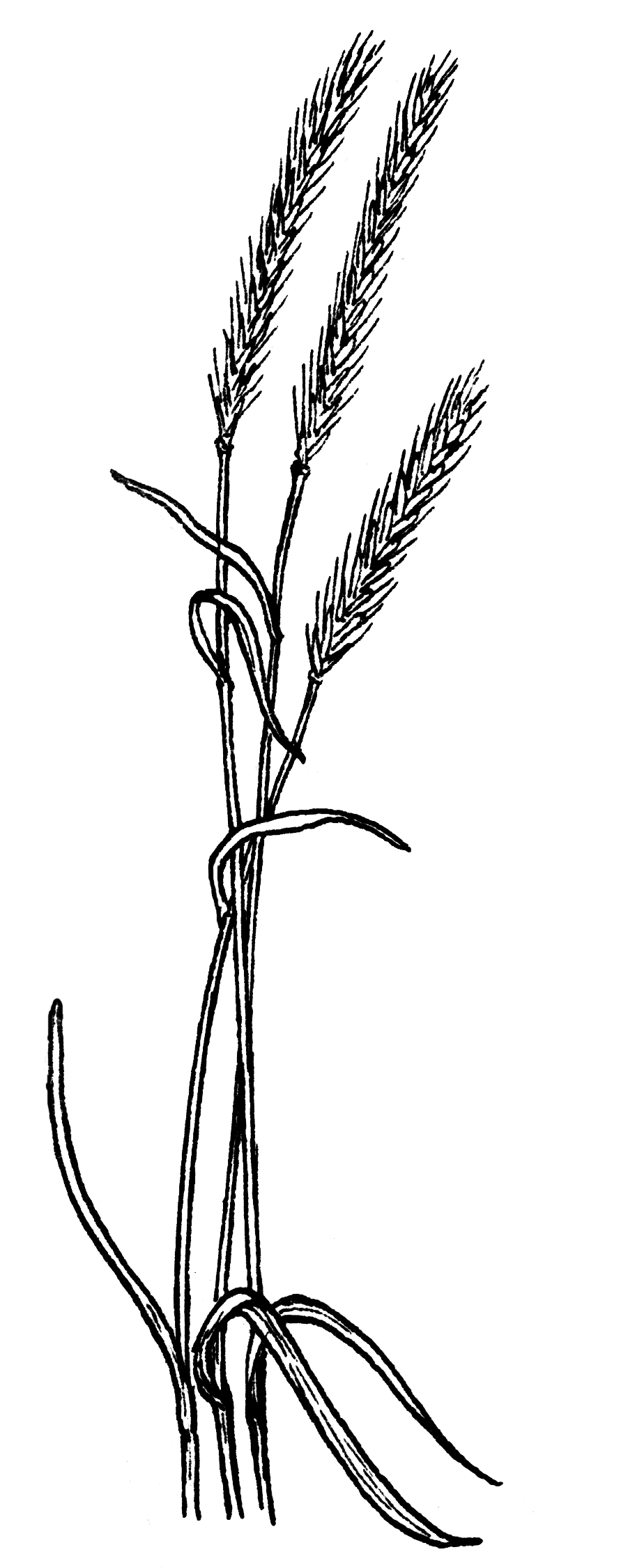INDIANA
2021 Indiana Rye Whiskey
Indiana is now joining the ranks of Kentucky, Tennessee, and Missouri Bourbon for its own style of rye whiskey.
With effective date July 1, 2021 Indiana is the newest state to have its own distilled spirits category. The bill HB 1409 was sponsored by Indiana State Rep. Chris May who worked with several Indiana distillers to help create a legal definition for Indiana rye whiskey.
The idea behind this bill by Jeff McCabe (Co-Founder of Hard Truth Distillery) was to support local distillers, to promote Indiana crafted products and to help make Indiana rye stand out raising the quality standards for this unique category.
Indiana rye whiskey has beside the TTB standards for rye whiskey made in USA added the specific requirements that its rye whiskey needs to be mashed, fermented, distilled, and then rested at least two years in the state of Indiana.
With 30 distilleries, Indiana’s distilled spirits industry supported in 2019 according to the Distilled Spirits Council of the United States about 25,600 jobs adding $2,509,640,000 to the GDP of the State of Indiana alone, and exporting distilled products of $57,171,838.
Historical Rye Whiskey
Some standards put forth for marketing, labeling and selling Indiana Rye Whiskey include:



